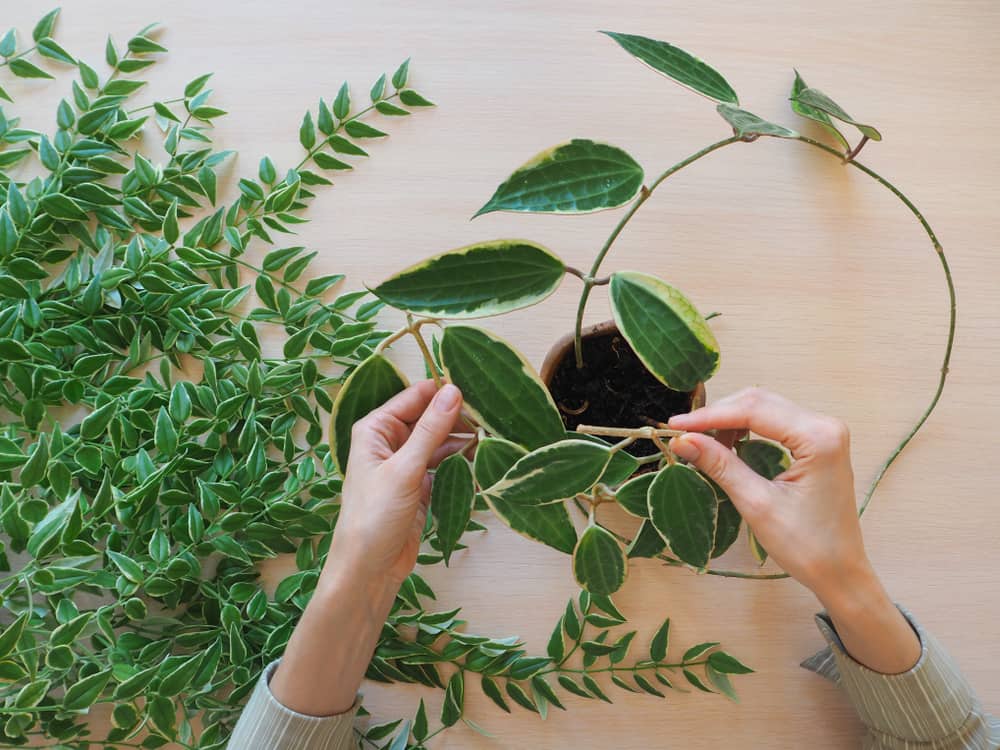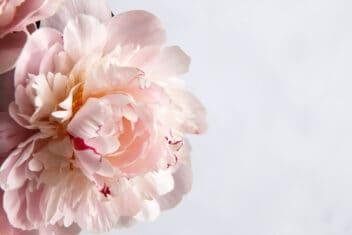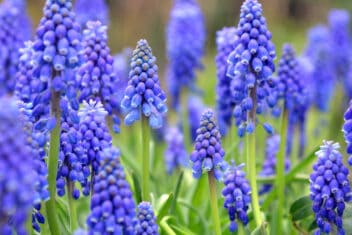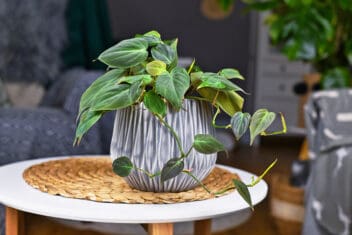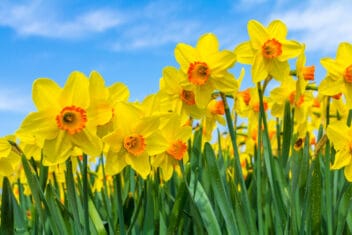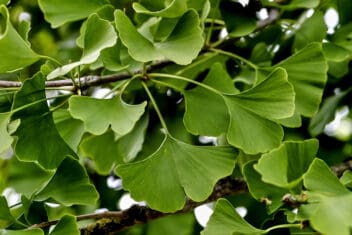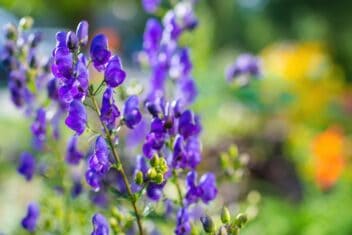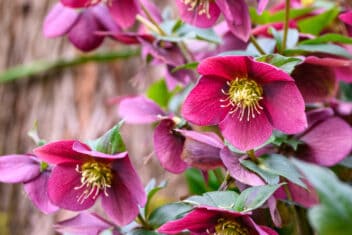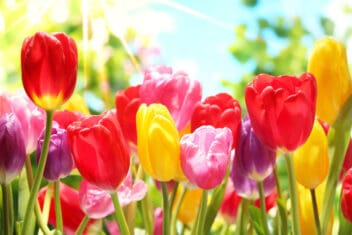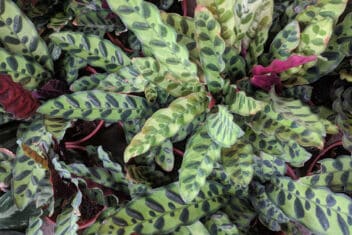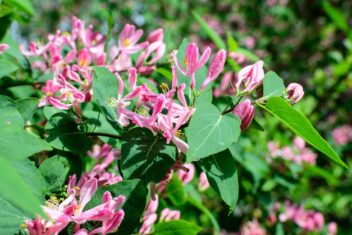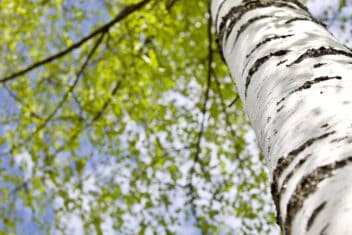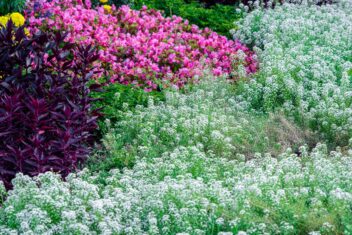Hoyas aren’t the flashiest houseplant, but they’ve become increasingly popular, and for good reason. Growing hoyas is because they’re tolerant of a range of conditions and they don’t need much water to thrive.
When they bloom, they’re downright stunning, and the sweet nectar they produce is out-of-this-world.
Combined with the range of unique and attractive foliage options, this plant has so much to offer. Plus, you can grow them indoors or out. Ready to learn more about these diverse and fascinating plants?
Best Varieties of the Hoyas Plant
Hoyas come in an astounding array of sizes, shapes, and leaf patterns. As well as being called hoyas, they’re also referred to as waxflower, wax plants, or wax vines. There are hundreds of species of hoyas, but you only see a few dozen commonly grown as houseplants.
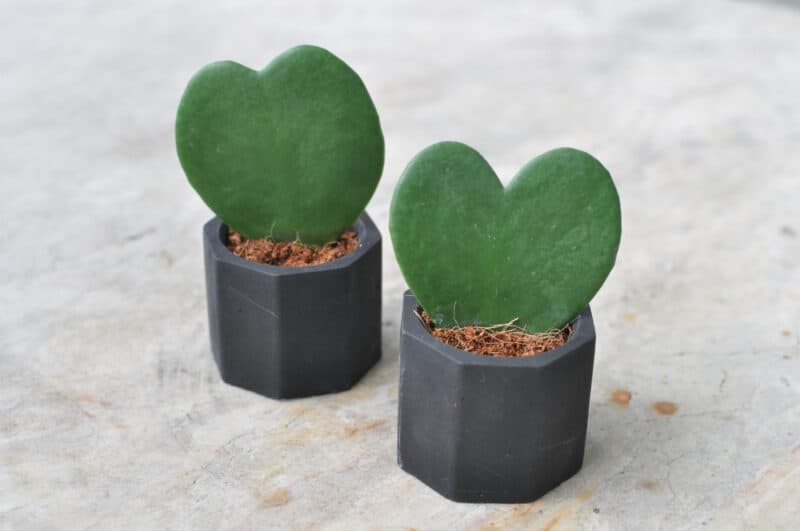
Here are some of the most common species:
- Carnosa
- Pubicalyx
- Kentiana
- Kerrii
- Lacunosa
- Australis
- Obovata
- Retusa
- Bella (H. lanceolata ssp. bella)
- Wayetii
- Caudata
- Macrophylla
- Shepherdii
- Semoria
- Neocaledonica
- Fitchii
- Hurtoniae
- Coronaria
- Linearis
- Finlaysonii
- Imperialis
- Skinneriana
- Diversifolia
- Pachyclada
- Mindorensis
- Multiflora
- Affinis
- Sigillatis
- Acuta
- Pauciflora
- Krohniana
- Curtisii
- Odorata
- Merrillii
- Cumingiana
- Brevialata
- Meredithii
- Latifolia
- Globulosa
- Subcalva
- Kerrii
H. carnosa ‘Krimson Princess,’ H. carnosa ‘Krimson Queen,’ H. kerrii var.& albomarginata,H. carnosa ‘Chelsea,’ H. krohniana ‘Eskimo,’ H. carnosa ‘Krinkle 8,’ and H. australis ‘Lisa’ are some popular cultivars.
Planting Hoyas
As most people are growing their hoyas indoors, it’s important that you create the right environment so your plant can thrive in your home. Light, a good pot, and the right amount of water are key.
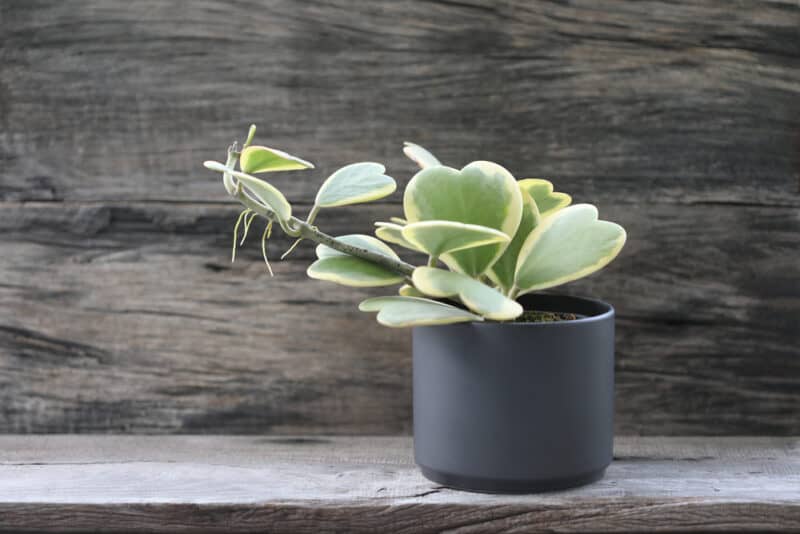
Light
For the most part, keep your hoyas in bright, indirect sunlight for at least six hours a day. They can tolerate some direct morning sunlight for an hour or two.
Consider the natural growth habit of hoyas. These plants are epiphytes, which means they grow in the branches and on the trunks of other plants in the understory of the forest. They don’t receive much direct light but they might get hit with dappled sunlight as the sun moves through the sky or the wind shifts the foliage overhead.
Place your hoya next to a window covered in sheer curtains or several feet away from a window. Direct, intense light will burn and can even kill your plant, so remember that there shouldn’t be much direct sunlight and no direct afternoon sunlight.
However, there are some varieties of the hoya plant such as H. kerriii, H. crassicaulis, and H. diversifolia that can survive direct sunlight in the morning and evening. If you do put your hoya in direct sun, move it there gradually over a few weeks.
If you have a mature hoya plant that isn’t growing or blooming, then you might need to move it to a better-suited location or add supplemental lighting. Hoyas won’t bloom unless they get enough light. However, if the leaves are red or look as if they’re burnt, it’s because your plant is getting too much light. Move your plant out of direct sunlight.
Potting
You also need to consider the right pot for your hoya plant. The best pots for hoya plants are terra cotta pots, plastic, or glazed ceramic pots. It doesn’t matter what option you decide on, as long as the pot has enough draining holes. If the soil doesn’t drain well the roots of your hoya will rot and the plant will die.
You will also need a well-draining potting medium for optimal growth. To make this you can blend orchid bark, peat-free compost, and some rice hulls.
You can also grow them as epiphytes in a mixture of moss and bark.
Water
If you have well-draining soil, then watering should be straightforward with the hoya plant. A good way to know when to water is to test the soil. Stick your finger in the soil. Does it feel dry to the first knuckle? Add water.
Hoya plants also enjoy the water that is kept at room temperature. As they are tropical plants, they don’t like cold water and it can stress them.
You should pour the water on the soil evenly so it can move all the way through the soil. You should add more water during the growing season and reduce watering during the winter. Some varieties also experience the monsoon season and have heavy rainfalls, so they can adapt to different water levels throughout the year.
If you spray your plants to humidify them, and hoyas love this, the best time to do this is at the beginning of the day. That way, your plant will have plenty of humidity throughout the day and by the evening the plant will be dry without any leftover moisture on the leaves.
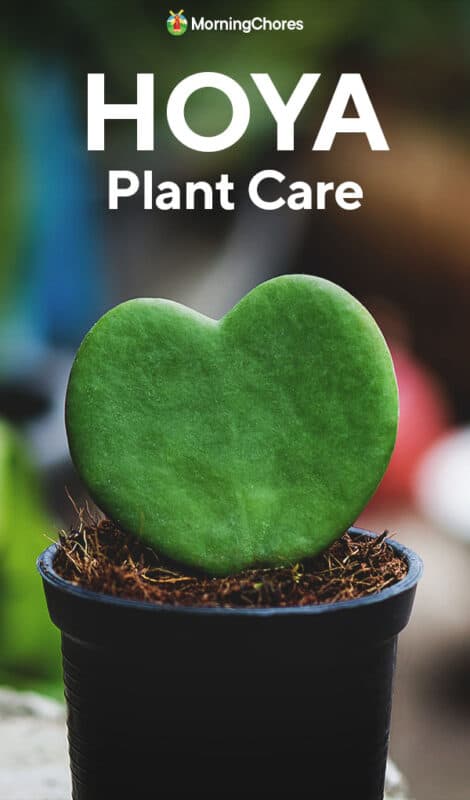
Caring for Hoyas
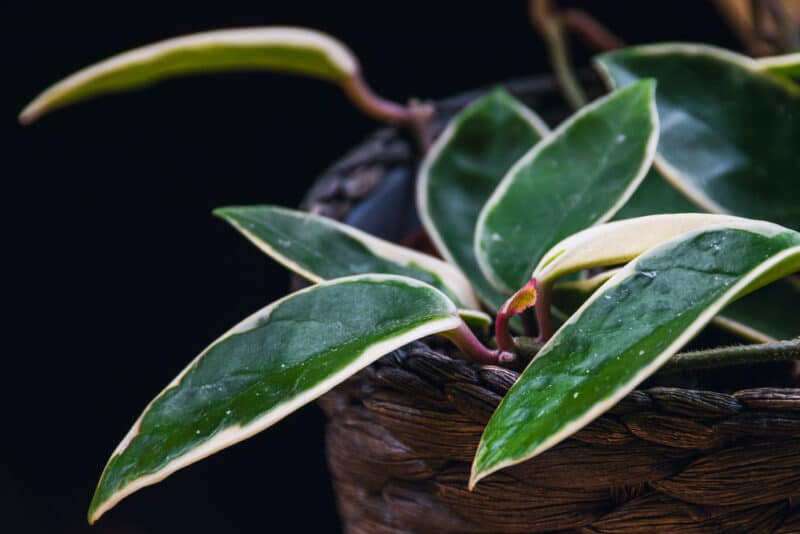
Hoyas in nature are in tropical areas and are growing in lots of humidity. Most varieties of the hoya plant will grow better with humidity, but there are some types that can survive less. Hoyas will need anything from 60-80% humidity so it’s a good idea to double-check and do your research when you bring your plant home.
Hoyas need a water-based fertilizer. Even though they don’t require a large amount of fertilizer, they appreciate some extra micronutrients. Fertilizer every two weeks with a houseplant fertilizer diluted by half.
If you notice that the leaves are pale, increase the fertilizing to full strength. If the leaves are small and dark, you can fertilize every four weeks at half strength.
You only need to re-pot your hoya plant every two or three years, depending on its growth. Once your hoya plant becomes rootbound, it’s time to re-pot. Use a pot that is one size bigger than the original to give the plant enough room to grow.
Don’t stress repotting too much. This plant tolerates being rootbound.
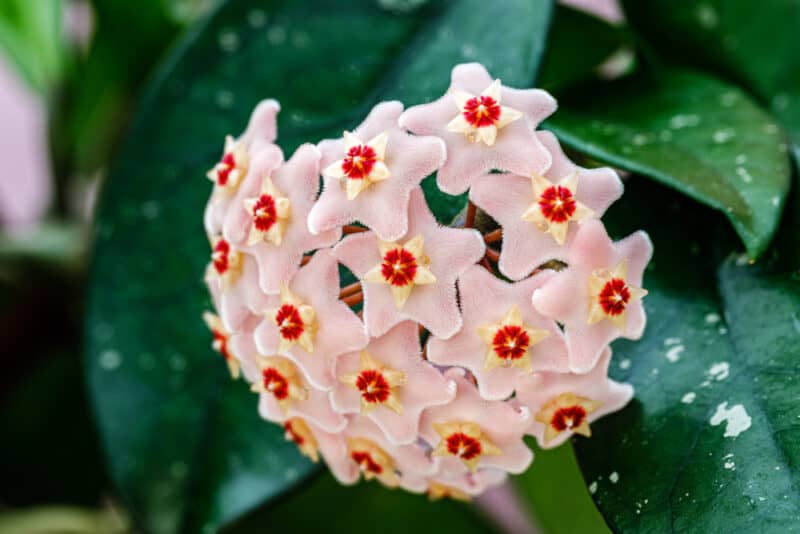
Hoya plants create beautiful flowers but if the area is dark or your home is too cool, the plant won’t bloom. You can find out more by researching the specific type of hoya plant you have to find out what it needs in order to flower.
Problems and Diseases When Growing Hoyas
Overall, hoya plants are resistant to most pests but they can be affected by some bugs and diseases.
This plant is bothered by all the usual houseplant suspects, including aphids, mealybugs, whiteflies, and scale insects. Head to each individual guide to learn more about spotting and controlling these pests.
Root Rot
Overwatered hoyas or hoyas that are growing in poor draining soil are prone to root rot. This causes wilting, brown spots on the leaves, and yellowing. To fix this, repot the plant in well-draining soil and reduce watering. You might want to use a soil moisture meter to help you determine how much water is in the soil.
Grow This Magical Plant With Care
Growing a hoya plant might be a process of trial and error before you get it right. However, if you follow the basic steps mentioned in this article, you will set yourself up for success!
Have fun growing your hoyas!
